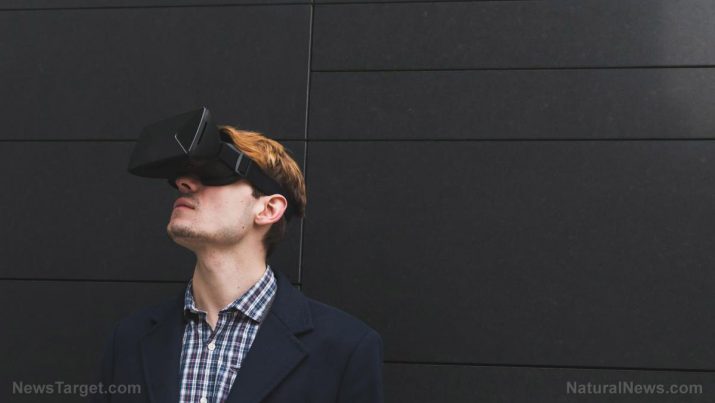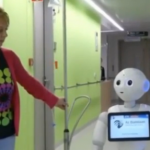
Virtual reality poses very real safety and health risks, experts say
Saturday, December 30, 2017 by David Williams
http://www.virtualreality.news/2017-12-30-virtual-reality-poses-very-real-safety-and-health-risks-experts-say.html

Virtual reality: is it merely a fad or is it truly here to stay? The thing about virtual reality — or VR, as many prefer to call it — is that it’s not one single gadget. It’s not just the headset, nor is it just the content that’s being beamed onto a user’s eyeballs. VR is a huge, all-encompassing platform, one that’s all for immersion, first and foremost. And to appreciate it and acknowledge just how much of an impact it can make, it’s important to know how to recognize it.
For most people, recognizing VR involves identifying whether or not it’s something that is focused heavily on the screen. That is, most VR content becomes obvious for what they are: eye candy. Indeed, most popular use cases for VR involve indulging the senses somehow, whether it’s just for the eyes or even a user’s hearing as well. But while this is all well and good, a growing number of experts are starting to voice concern over the harmful effects of VR on a person’s health.
It’s starting out pretty much just like TV if you look at it: as more and more people get to use VR on a regular basis, the higher the chances of someone experiencing adverse effects. But besides problems or complications involving a user’s eyesight, other potential problems could come with the use of VR.
Possible health concerns
There are a number of possible issues that could arise with the continued use of VR, especially if proper care is not considered. According to a report on major VR-related health concerns, myopia or nearsightedness is a very real risk.
Based on studies, the number of individuals affected by myopia rose to over 40 percent of the population by the year 2000, and that about 10 million American adults are “severely nearsighted.” There is a risk that VR could make things worse, according to Professor Martin Banks of University of California, Berkeley. He’s worried that the continued use of tablets and phones will not be helped by the rise in VR applications.
Motion sickness is another concern and one that is quite common in those who try and experience VR for the first time. And the worst part is that many of today’s existing VR applications don’t come with a lot of research behind them, so the companies who are responsible for making them can’t give any assurances about their safety — or lack thereof.
How children are affected
And then, of course, there’s the ultimate question: how will VR affect children? Experts warn that children are “at most risk” when it comes to VR use, mainly because the content of VR can also become questionable at times. According to Marientina Gotsis, associate professor of research at the Interactive Media and Games Division of the University of Southern California, the younger the child, the shorter the exposure to VR should be.
“Children may not know how to communicate discomfort of any sort, such as visual discomfort or motion sickness, so you don’t want prolonged exposure on screen,” Gotsis said.
While there hasn’t been a reported case of VR-related injury in children, experts who have warned of its possible adverse effects are now searching for ways to prevent these from happening. Perhaps it may turn out to be exactly like TV, in that parents or guardians will need to be on the lookout for what content is acceptable for their children when it comes to VR. Until then, children and adults alike will continue their use of VR, and as will all VR experiments.
Sources include:
Tagged Under: Tags: Augmented Reality, badhealth, badmedicine, eyesight, goodscience, health risks, motion sickness, myopia, Virtual reality




